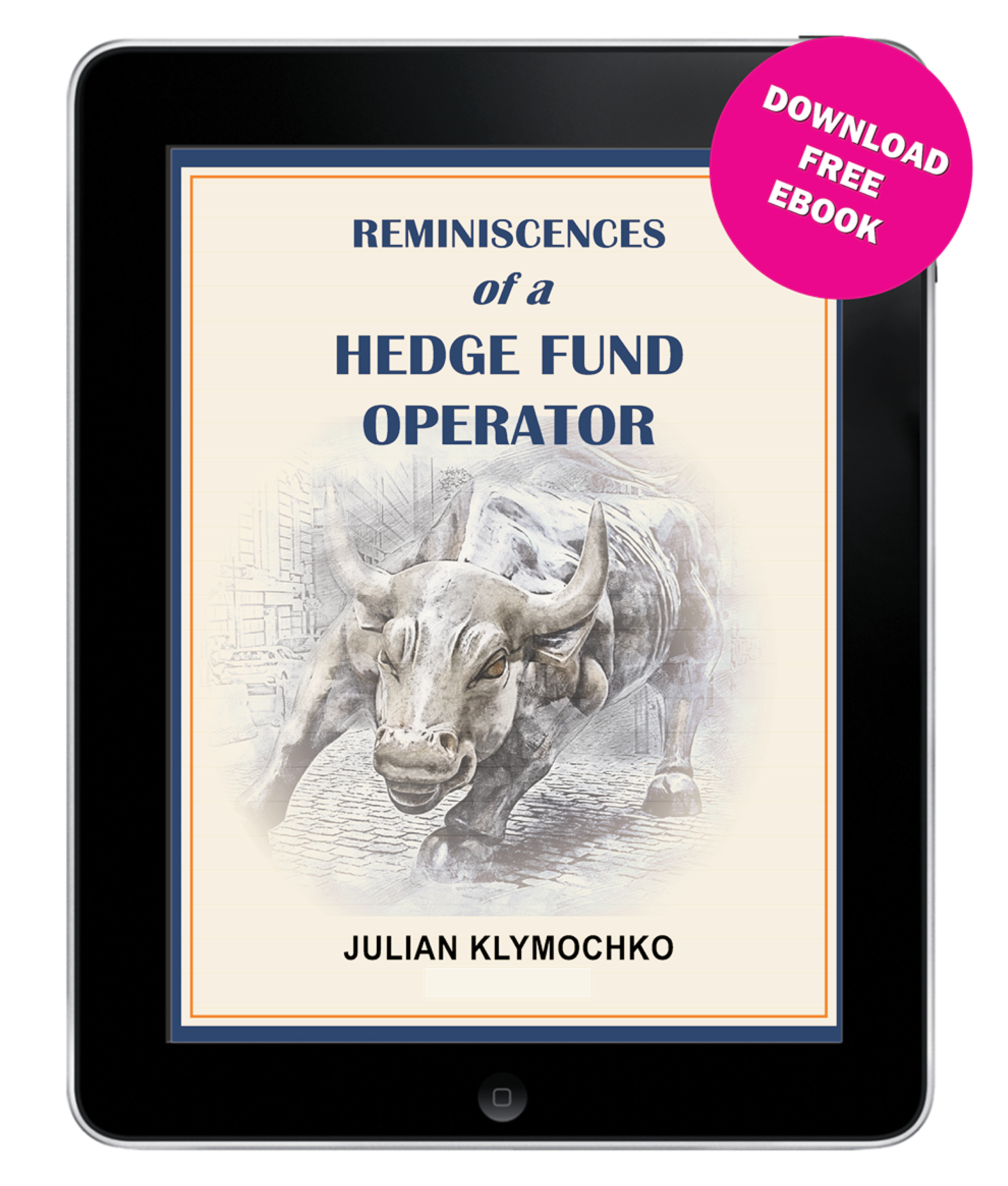July 1, 2023 – Growing up in Manitoba, one of the most popular snacks was the jambuster donut.
Whether it was after Christmas dinner, a birthday party, or a cold Sunday morning after a hockey game, it was never a bad time for the powder-covered, jelly-filled pastry.

Old habits die hard. One of my earliest memories of moving out west after university in the 2000s was when I went to order a jambuster from the local coffee and donut shop, Tim Hortons. I walked up to the till, ordered my favourite jambuster, and they proceeded to look at me like I was from another planet.
“A what?”
Turns out jambusters only existed in Manitoba! Everywhere else they were just a boring “powdered jelly donut”.
In any event, Tim Hortons remains a staple for Canadians. Whether you’re ordering Timbits or a “double-double”, the coffee and donut chain is uniquely Canadian.
In the capital markets, there is a secret arbitrage trade that is a uniquely Canadian phenomenon:
Subscription receipt arbitrage.
“A what?”
A subscription receipt is a financial instrument commonly used in the context of private placements or public offerings of securities. They are designed to provide investors with a temporary placeholder for their investment until certain conditions are met and are most often used by corporations to raise capital to fund an announced acquisition. Subscription receipts can be viewed as another class of common shares that automatically convert to common shares upon the satisfaction of conditions. Here’s an overview of what a subscription receipt entails:
- The primary purpose of a subscription receipt is to allow investors to commit their capital, and a corporation to raise capital, to fund a corporate initiative before its completion. It allows the corporation to raise acquisition-specific equity financing contingent upon the transaction closing. If the acquisition or corporate initiative terminates, then the capital raised via subscription receipt is returned to receipt holders.
- Issuance: When a company raises capital through this type of equity offering, they issue subscription receipts to investors. Each receipt represents the right to receive a common share upon the completion of an acquisition or corporate initiative (such as debt paydown). Subscription receipts are issued instead of common shares because the completion of the corporate initiative is contingent upon the satisfaction of conditions to occur at a future date.
- Conditions: The conversion of subscription receipts into their underlying common shares is typically tied to specific conditions that must be met. These conditions are typically standard for an acquisition, including shareholder approval from the target company or regulatory approval.
- Temporary nature: Subscription receipts are temporary instruments, meaning they are not intended to be held by investors indefinitely. Once a deal’s conditions are satisfied, the subscription receipts are automatically converted into the underlying common shares. At conversion, after all the conditions are satisfied, subscription receipt investors become owners of the underlying common shares.
- Trading and transferability: Subscription receipts are often listed and traded on the TSX, allowing investors to buy or sell their rights to the underlying securities before their conversion. This liquidity provides investors with the flexibility to exit their investment position, if desired, before the conditions are met.
For example, in March 2022, TSX-listed Neighbourly Pharmacy announced the friendly acquisition of Rubicon Pharmacies for $435 million. This acquisition was to be partially funded through a $130 million subscription receipt financing at $28.95 per receipt. The acquisition was conditional upon antitrust approval from the Competition Bureau. If, after several months, the conditions were satisfied, the Neighbourly Pharmacy subscription receipts would convert to common shares. If the acquisition were blocked by the antitrust regulator, receipt holders would receive $28.95 and the company would return the funds.
Over the next three months, both the subscription receipts and the common shares were traded on the TSX. Arbitrageurs could buy the receipts in the market at an attractive discount while shorting the common shares, aiming to earn a profit once the deal closes and the receipts convert. By the end of June, the acquisition closed, and the receipts were converted to common shares. An arbitrageur’s position would be flat (the shares issued for the receipts would cover the short position) and they would have the arbitrage profit in their account.
One unique aspect of subscription receipt arbitrage is its risk profile. The basic trade is to buy the receipt at a discount in the market, short the common shares, and profit when the receipts convert to common shares, closing the spread. However, if the conditions to the receipt-funded acquisition fail, then the initial purchase price would be returned to the receipt holder, and the arbitrageur would need to then cover the common share short to exit the trade.
Within merger arbitrage, a terminated deal almost always loses an arbitrageur money. In subscription receipt arbitrage, one can occasionally make money upon a deal termination. What matters with respect to deal break risk for a subscription receipt arbitrage trade is where the common shares are trading upon deal termination compared to the initial issue price. For example, if Neighbourly Pharmacy’s acquisition had been blocked by the regulator and the deal terminated, receipt holders would get $28.95 back and one implementing the arbitrage trade would have to cover their short position in the common shares. If the common shares were trading above $28.95, the arbitrageur would lose money from the termination. If the common shares were trading below $28.95, then the arb would profit despite the deal terminating.
In any event, subscription receipts are very low risk given they have a high probability of closing. Over the past twelve years, there have been 94 subscription receipt issues (excluding the current two live deals). Of these 94 subscription receipt deals, all but one were completed successfully. Historically, subscription receipt arbitrage has a 99% success rate (albeit based on a relatively small sample).
In addition, given there is only a small number of hedge funds who know about this “secret” arbitrage trade, the arbitrage returns available are typically higher than the average merger arbitrage opportunity, despite the lower risk nature of subscription receipt arbitrage.
While I haven’t had a jambuster in years (I think Tim Hortons discontinued powdered jelly donuts), I conduct subscription receipt arbitrage as often as they are issued. And given the extremely attractive risk-reward dynamics offered through subscription receipt arbitrage, it is perhaps just as tasty.
The AlphaRank.com Merger Monitor below represents Accelerate’s proprietary analytics database on all announced liquid U.S. mergers. The AlphaRank Merger Arbitrage Effective Yield represents the average annualized returns of all outstanding merger arbitrage spreads and is typically viewed as an alternative to fixed income yield.


Each individual merger is assigned a risk rating:
- AA – a merger arbitrage rated ‘AA’ has the highest rating assigned by AlphaRank. The merger has the highest probability of closing.
- A – a merger arbitrage rated ‘A’ differs from the highest-rated mergers only by a small degree. The merger has a very high probability of closing.
- BBB – a merger arbitrage rated ‘BBB’ is of investment grade and has a high probability of closing.
- BB – a merger arbitrage rated ‘BB’ is somewhat speculative in nature and has a greater than 90% probability of closing.
- B – a merger arbitrage rated ‘B’ is speculative in nature and has a greater than 85% probability of closing.
- CCC – a merger arbitrage rated ‘CCC’ is very speculative in nature. The merger is subject to certain conditions that may not be satisfied.
- NR – a merger-rated NR is trading either at a premium to the implied consideration or a discount to the unaffected price.
The AlphaRank merger analytics database is utilized in running the Accelerate Arbitrage Fund (TSX: ARB), which may have positions in some of the securities mentioned.
* AlphaRank is exclusively produced by Accelerate Financial Technologies Inc. (“Accelerate”). Visit Alpharank.com for more information. Disclaimer: This research does not constitute investment, legal or tax advice. Data provided in this research should not be viewed as a recommendation or solicitation of an offer to buy or sell any securities or investment strategies. The information in this research is based on current market conditions and may fluctuate and change in the future. No representation or warranty, expressed or implied, is made on behalf of Accelerate as to the accuracy or completeness of the information contained herein. Accelerate does not accept any liability for any direct, indirect or consequential loss or damage suffered by any person as a result of relying on all or any part of this research and any liability is expressly disclaimed. Accelerate may have positions in securities mentioned. Past performance is not indicative of future results.




